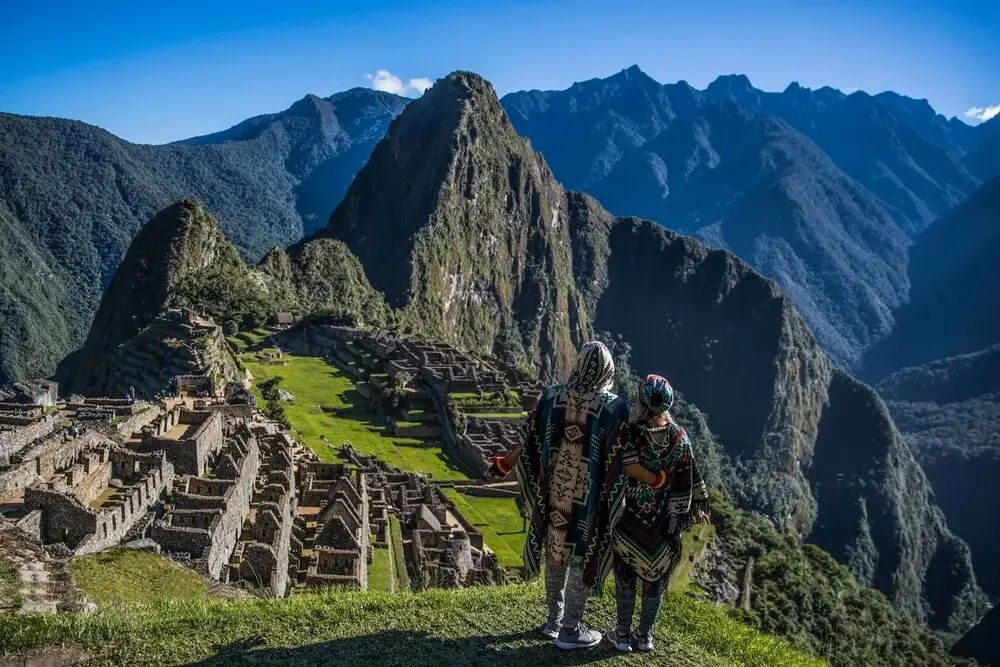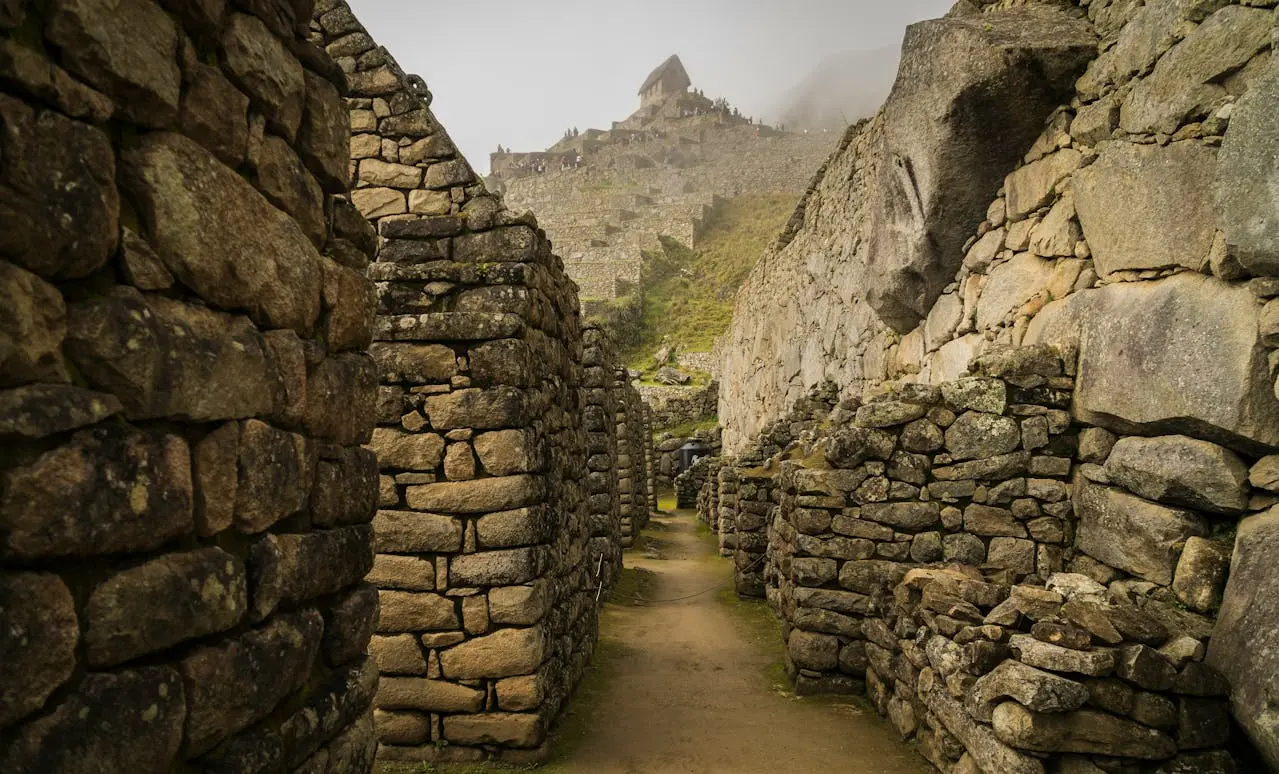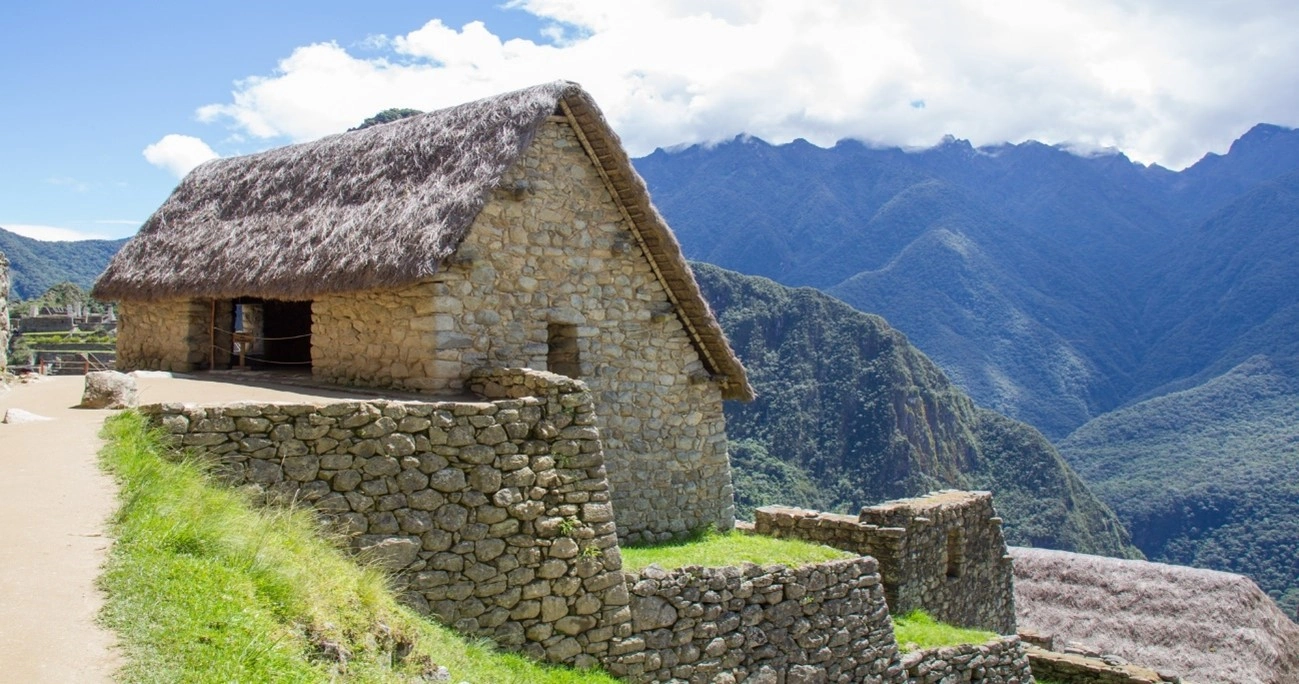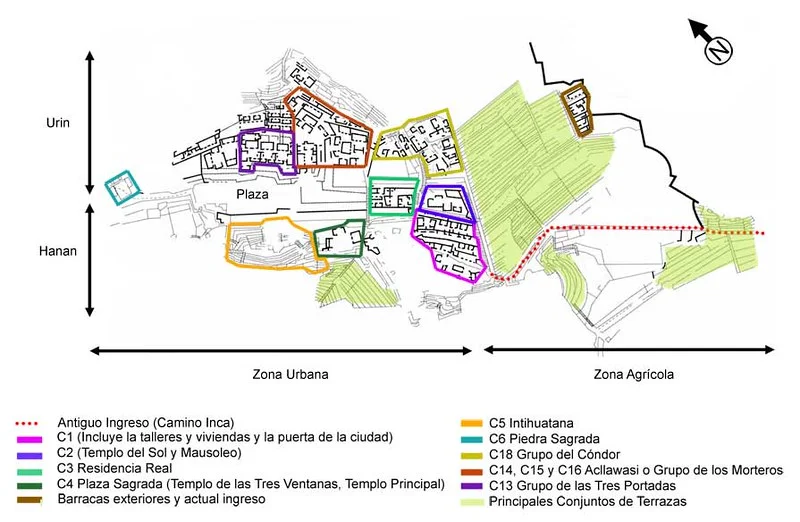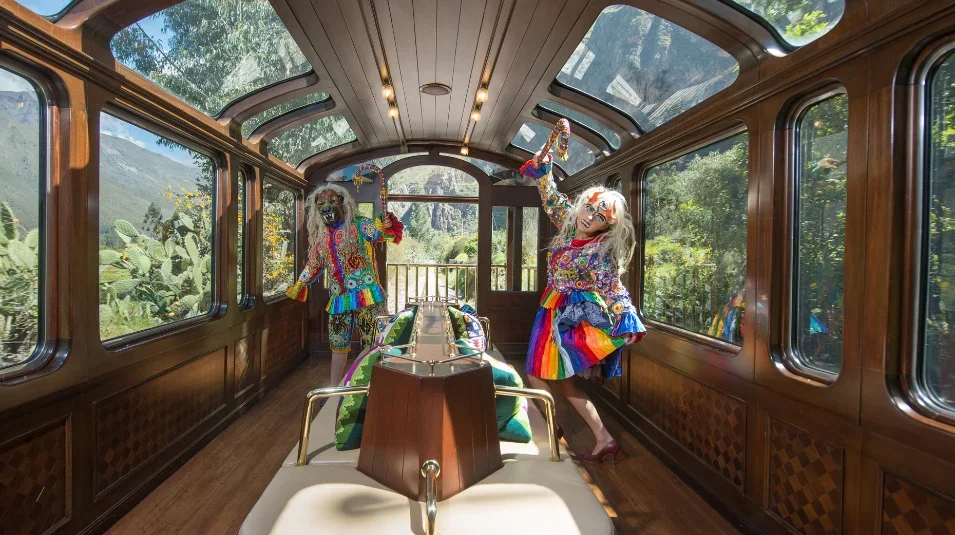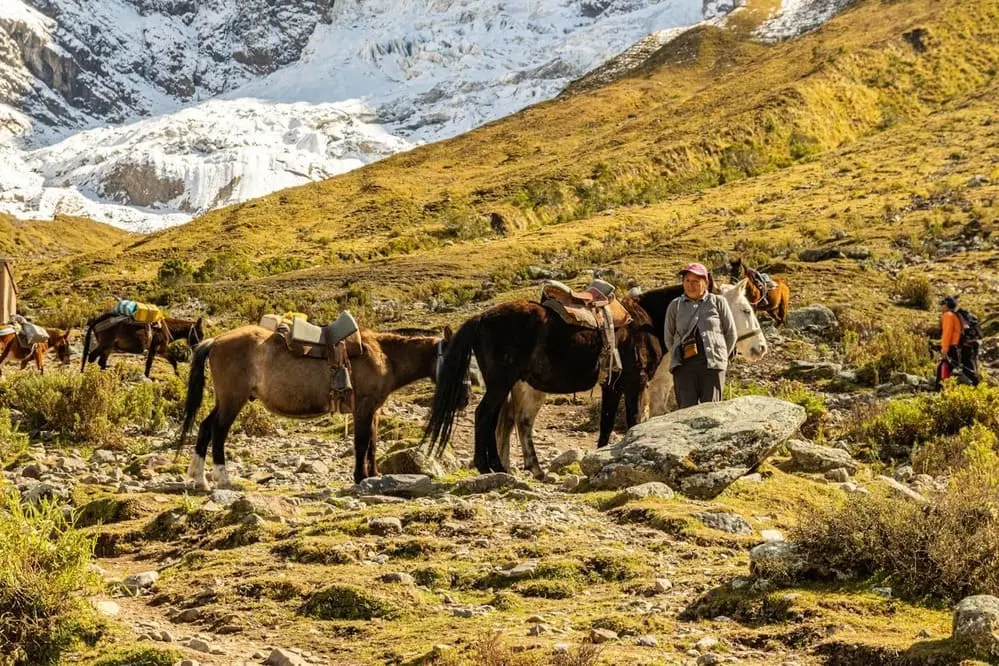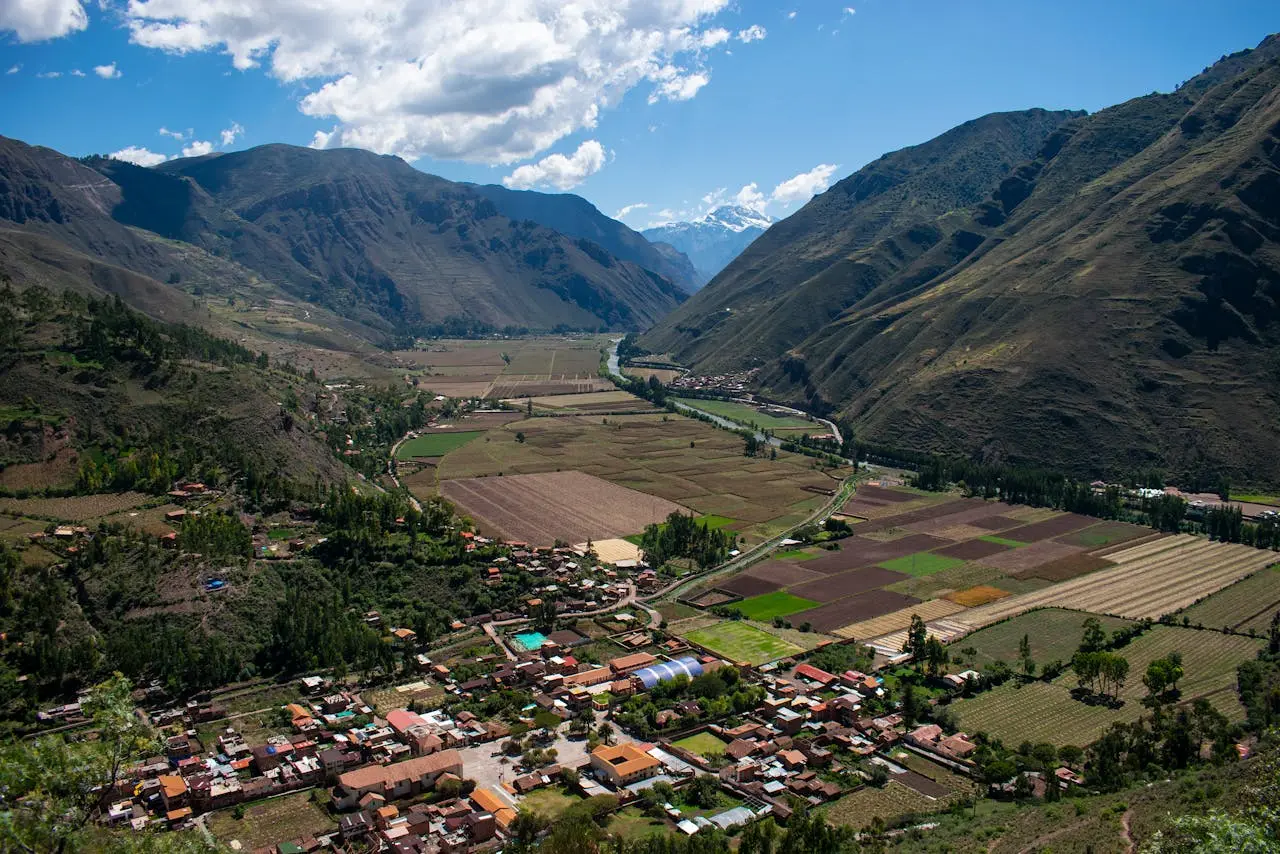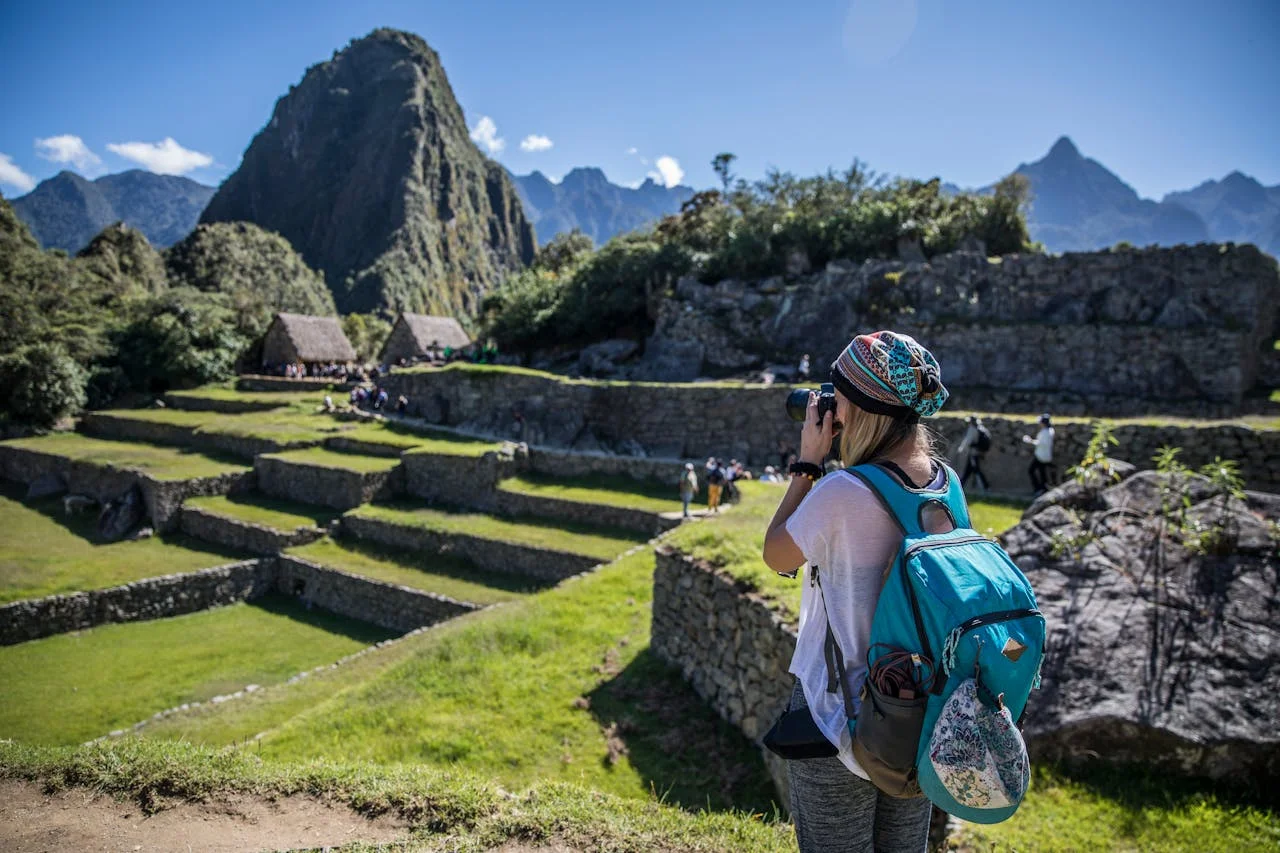One of the most breathtaking places on earth is Machu Picchu, which is both a New Wonder of the World and a UNESCO World Heritage Site. Travelers from all over the world come to this historic Incan citadel, which is tucked away in the Peruvian Andes, to experience history, adventure, and stunning scenery.
Machu Picchu need to be at the top of your list if you're considering a vacation to Peru. This thorough book will provide you all the information you need to make sure your trip is easy, unforgettable, and genuinely amazing, regardless of your level of experience traveling, your desire for adventure, or your desire as a family to discover new places.
Machu Picchu: Basic and Relevant Information
What is Machu Picchu?
Machu Picchu, known as the "Lost City of the Incas," is an ancient Incan city located in the Andes mountains in southeastern Peru. Situated at about 2,430 meters above sea level, it is surrounded by a stunning landscape of lush, green mountains. This remarkable fortress is one of the most important and visited archaeological sites in the world, famous for its mysterious origins and advanced architecture.
History of Machu Picchu
The Incan monarch Pachacuti constructed Machu Picchu in the fifteenth century as a royal residence, a place of worship, and perhaps a ceremonial sanctuary. Before being rediscovered by American explorer Hiram Bingham in 1911, Machu Picchu was unknown to the outside world despite its remarkable size and sophistication.
Discovery by Hiram Bingham
Bingham was directed to the ruins of Machu Picchu by local farmers when he was looking for the fabled "Lost City of the Incas" (Vilcabamba). He received assistance climbing the mountain from a little boy named Pablo Richarte or Pablo Álvarez (sources vary on his last name).
Bingham quickly recognized the historical significance of the overgrown but amazingly well-preserved structures. Later, he planned excavations and shared his discoveries, which made Machu Picchu famous worldwide.
Earlier Awareness of Machu Picchu
- Local Quechua farmers had been using some of the terraces for agriculture.
- Maps from the 19th century mention Machu Picchu, including one from 1865 by Antonio Raimondi, an Italian geographer.
- In 1902, Agustín Lizárraga, a Peruvian farmer, reportedly visited the site and even carved his name on a rock.
Why Was It Abandoned?
Machu Picchu was likely abandoned in the 16th century, possibly due to:
- The Spanish conquest, though no evidence suggests the Spanish ever found it.
- Disease brought by Europeans.
- A possible decline in its importance over time.
Read more about the History of Machu Picchu.
Relevant Facts About Machu Picchu:
The Name:
The name "Machu Picchu" translates to "Old Mountain" in Quechua, the native language of the Incas. Although the site is now called Machu Picchu, its original name might have simply been "Picchu," and it is believed to have been a royal residence or ceremonial center.
Location:
Machu Picchu is located in the Cusco region, approximately 50 miles (80 km) from the city of Cusco. The site sits atop a mountain known as Huayna Picchu, which visitors can also hike to for panoramic views of the entire complex.
Construction:
The engineering of Machu Picchu is astonishing. The Incas used advanced construction techniques, including the use of large stone blocks precisely cut and fitted without mortar, a technique called "ashlar." This method allowed the structures to withstand earthquakes and harsh weather.
The Purpose of Machu Picchu:
Given that a number of its constructions coincide with the winter solstice, many researchers assume that Machu Picchu was a religious and ceremonial center devoted to the sun, while its precise function is still unknown. Important components of a sanctuary are also present at the location, including the Intihuatana, a stone pedestal that the Incas used for solar ceremonies.
The Sun Gate (Inti Punku):
This is a natural entrance to Machu Picchu that travelers can visit during the Inca Trail trek. The view from here offers one of the best panoramic vistas of the site.
The Modern Discovery:
While locals were aware of the site, Machu Picchu was "rediscovered" by American explorer Hiram Bingham in 1911, who was amazed by the ruins and helped bring them to the world's attention.
UNESCO and Wonder of the World:
In 1983, Machu Picchu was declared a UNESCO World Heritage Site, and in 2007, it was voted one of the New Seven Wonders of the World in a global poll.
Read our Blog about Let us uncover the mysterious charm of Machu Picchu!
Why Visit Machu Picchu?
Machu Picchu is a voyage through time, nature, and culture, not simply another tourist destination. The ruins, which were constructed in the fifteenth century, are situated high above the Sacred Valley and are encircled by lush jungle and breathtaking mountain views. It is thought that Pachacuti, the Inca monarch, used the location as a royal estate or religious center.
The allure of Machu Picchu lies in its mystery and beauty, and visiting it allows you to step into a living piece of history. Here are a few compelling reasons why Machu Picchu should be on your bucket list:
- Incredible History: Discover the secrets of the Incas, from their sophisticated engineering to their spiritual beliefs.
- Stunning Views: Witness panoramic vistas of the Andes Mountains and the Urubamba River, offering some of the most breathtaking views on earth.
- Adventure Awaits: Explore the various hiking routes, such as the Inca Trail, and enjoy an active adventure while soaking in the beauty around you.
Take a look at our Machu Picchu Tours
When is the Best Time to Visit Machu Picchu?
Peak Season vs. Off-Season:
Although you can visit Machu Picchu at any time of year, the ideal time to go will depend on your preferences for weather, people, and cost. For those seeking bright skies and comfortable temperatures, the dry season, which runs from May to October, is the best time of year.
There will be more people during this time because it's also the busiest travel season. However, fewer people visit during the rainy season, which runs from November to April. This makes it a great choice for those looking for a more tranquil experience, however be ready for erratic weather.
Insider Tip: To avoid the biggest crowds and experience a quieter, more intimate visit, consider going in the early months of the rainy season (November or April), when the weather is still relatively mild.
How to Get to Machu Picchu: Travel Options
The journey to Machu Picchu can be as exciting as the destination itself. Here's how you can get there:
1. The Inca Trail
For those seeking a true adventure, the Inca Trail is the most famous route to Machu Picchu. This 4-day trek takes you through stunning Andean scenery, ancient ruins, and cloud forests, all leading to the famous Sun Gate and the first glimpse of Machu Picchu.
Note: The Inca Trail requires advance booking due to strict government regulations that limit the number of trekkers per day.
2. Train Travel
For those who prefer a more leisurely route, the train journey to Machu Picchu is equally memorable. From Ollantaytambo or Poroy, you can catch a train to Aguas Calientes, the town located at the base of Machu Picchu. Options include:
- Expedition Train: The standard train option, offering panoramic views of the Sacred Valley.
- Vistadome Train: A more luxurious option with larger windows for panoramic views.
- Belmond Hiram Bingham: For those seeking the ultimate luxury experience, this train offers gourmet meals and onboard entertainment.
3. Aguas Calientes to Machu Picchu
Once in Aguas Calientes, you can take a shuttle bus up to the entrance of Machu Picchu. The 25-minute ride is a scenic experience, though some may choose to hike up the steep path to the site.
Must-Know Tips for Visiting Machu Picchu
To ensure your visit to Machu Picchu is as smooth as possible, here are some essential tips:
1. Book Your Tickets in Advance
Machu Picchu sees a high number of visitors each day, and only a limited number of tickets are available. It’s essential to book your tickets well in advance especially during the high season (May to October)—to secure your spot. You can also purchase tickets for additional hikes, such as Huayna Picchu or Machu Picchu Mountain. These options offer stunning panoramic views and require separate tickets.
2. Pack Smart
Be sure to bring only the essentials. You’ll be restricted to carrying small backpacks (under 15.7” x 13.7” x 7.9”) inside the ruins. Include a water bottle, sunscreen, a camera, and a hat. Important: No food, drones, or tripods are allowed within the site.
3. Consider Spending the Night in Aguas Calientes
For those looking to visit Machu Picchu early in the morning, staying overnight in Aguas Calientes is a great option. This allows you to get an early start before the crowds arrive, giving you a more peaceful experience at the site.
4. Weather-Ready Clothing
The weather in the Andes can be unpredictable, so dress in layers. Wear comfortable shoes for walking on uneven terrain and bring a light rain poncho, as rain showers are common, especially during the rainy season.
Exploring the Sacred Valley Before Machu Picchu
The Sacred Valley of the Incas is home to several other significant historical sites and provides a deeper understanding of Inca culture. Before visiting Machu Picchu, make sure to explore:
- Ollantaytambo: A well-preserved Inca town with impressive archaeological ruins.
- Moray: Mysterious circular terraces used for agricultural experimentation.
- Maras Salt Mines: Thousands of salt ponds that have been in use since Inca times.
Exploring the Sacred Valley gives you a more immersive experience and allows your body to acclimatize to the high altitude, which is especially helpful for avoiding altitude sickness.
What to Expect Inside Machu Picchu
Once you enter Machu Picchu, you’ll be struck by the site’s incredible beauty and intricate stonework. Here are some key highlights:
- Intihuatana Stone: An ancient ceremonial stone used for astronomical observations.
- The Temple of the Sun: A semi-circular structure used for religious ceremonies.
- The Plaza Principal: The main square of Machu Picchu, surrounded by important buildings.
You’ll have the opportunity to explore the ruins with a guide or on your own. We recommend hiring a local guide to gain deeper insight into the history and significance of the site.
Does Machu Picchu Make Sense? Yes, to put it succinctly. An amazing experience that blends history, culture, adventure, and natural beauty is visiting Machu Picchu. Every traveler may find something to enjoy at Machu Picchu, whether they choose to hike the Inca Trail, take the picturesque train trip, or just take in the breathtaking views.
You can get the most out of your vacation to Peru's most well-known archeological site by organizing your itinerary in advance, packing wisely, and spending time exploring the ancient valley.
Let Andean Travel Experience guide you on a journey to Machu Picchu. Our expert guides, curated itineraries, and personalized services ensure a seamless and memorable trip to one of the world’s most iconic destinations. Contact us today to start planning your adventure.

